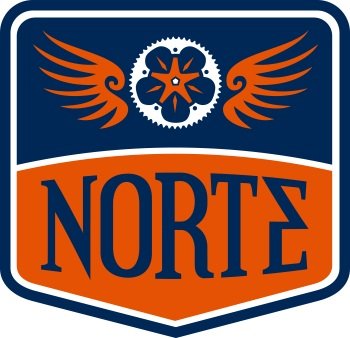How Recessions Affect Nonprofits (and How You Can Help)
Economies are cyclical, meaning business and nonprofit organizations must prepare for times of economic uncertainty. Most nonprofits experience substantial challenges during recessions and broad economic declines, though their resources and flexibility are often considerably limited compared to the private sector.
What Happens to Nonprofits During Tough Times?
At the macroeconomic level, recessions are defined by declines in employment rates and gross domestic product (GDP). At the micro level, economic turbulence is measured by personal consumption and expenditure changes. More than anything, economic uncertainty changes personal spending habits.
As the US inflation rate rose in 2022, the number of donations to nonprofits fell 7.2% in the first half of the year compared to stimulus-fueled 2021. The decline also varied by amount, with smaller donations ($100 or less) falling over 17%. Record-breaking inflation, the cessation of pandemic-era stimulus payments, and a boom in service-sector spending exacerbated a decade-long decline in charitable giving. Are nonprofits recession-proof? Absolutely not, but they face similar challenges as private sector businesses and can leverage similar strategies to make it through.
Talent Retention
Loss of staff is usually related to cost-cutting efforts. Trimming staff is a painful reality for organizations reacting to shrinking budgets, but there are consequences. Understrength teams may need to cut revenue-generating programs or stretch their workforce thin, which could increase the risk of staff turnover.
Relationship and Reputation Damage
Smaller budgets, cut programs, and staff turnover present reputational damage. Nonprofits rely on strong relationships, which can be negatively impacted by change. Maintaining programs with a smaller staff or fewer volunteers can lower quality, alienating volunteers and supporters. These negative impressions are extremely difficult to overcome, even if the organization has a long track record of successful, high-quality programs.
Property and Capital Loss
Short-term financial conditions impact decisions that impact long-term stability, such as property ownership and debt management. There are opportunity costs associated with “tightening your belt” in any industry, but nonprofit status makes debt and capital assets more difficult. Lower borrowing costs during recessions are an opportunity to address future needs but are often prohibitive when donations and program revenue decline. In short, near-term economic diligence restricts long-term growth and planning.
Adjusting to Changing Economic Realities
Tough times also present organizations with opportunities. In the past decade, small nonprofits like Norte Youth Cycling have used economic downturns to make difficult decisions that ultimately bear fruit. These hard-learned lessons serve as a starting point for leaders in any industry or market.
Related: Our 2023 Fall Programs Report
Reevaluate Operating Costs and Expenses
No one likes trimming the budget, which ultimately reduces staff, programs, or both. Ultimately, these decisions are beneficial in the long run because they force leadership to put operating costs under the microscope, with passion and priorities taking a backseat to real-world realities. Balance the demand for programs, the public need, and your current capabilities to decide what makes the most impact while packing more bang for your buck.
Address Bigger Needs
Recessions impact lower-income families first and the longest. Underserved households regain employment and financial stability years later than middle and high-income families. For nonprofits, it's a chance to refocus efforts to meet changing needs and alleviate poverty, even if those aren’t primary organizational initiatives.
Strengthen Relationships
Economic downturns are the perfect time to reestablish your mission’s importance with past donors. Invest time and energy in rekindling past connections and reintroducing the value of your cause to the community. Remember that economic hardship can be widespread, and interest may not align with the capacity to give; sometimes, a good conversation is a win.
True Value Nevers Goes Away
Nonprofit revenue diversification in economic downturns, or meeting costs from new income streams, is only the start. Overcoming recessions and uncertainty requires both a sound strategic plan and short-term flexibility, but it is possible to get to the other side. During the Great Recession, charitable giving declined 7% in 2008 and another 6.2% in 2009. Donations took more than six years to recover, but throughout the crisis, Americans gave roughly the same amount in proportion to their income; they never stopped giving to causes they cared about.
Ride On with Norte Youth Cycling
Norte relies on the generous support of Business Champions and individual donors like you. Our youth cycling programs have helped shape a generation of healthy, confident, and independent kids in northern Michigan since 2014. Learn more about what we do and consider supporting our work today.


